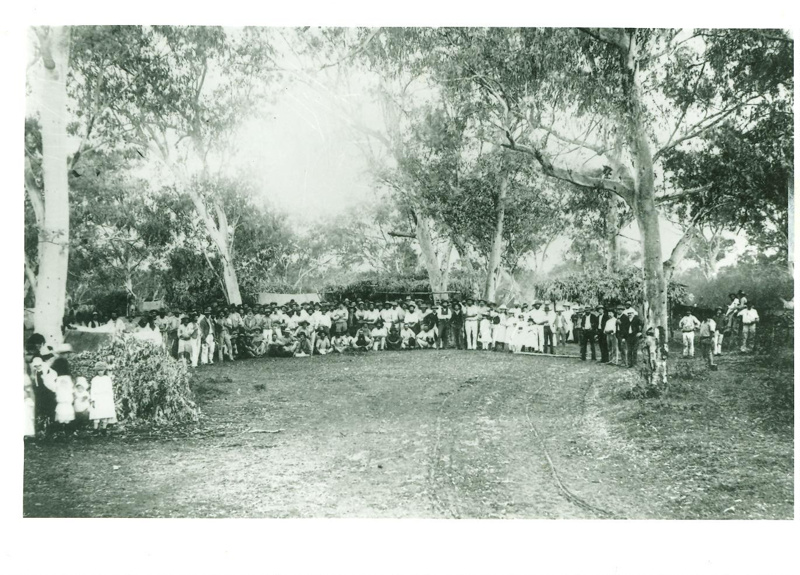Great Shearers Strike of 1891
On January 1, l89l', most of the station hands came out on strike, not over the 'Freedom of Contract' principle, but because of the Chinese employed on the stations. Of course if a station had no Chinese employed the men stayed on.
The General Strike of 1891 was called on March 15. A number of men were chosen from the Shearers Union and a number from the Labourers Union, and they formed a committee to run the strike under the name of the Barcoo District Council- B.D.C. The Queensland shearers struck the first effective blow at coloured labour at Kensington Downs in October, 1888, by refusing to shear under a shed overseer who employed Chinese labour every chance he got.
As much bitterness was evident in the Industrial movement In Queensland. Work was scarce, and the outback tracks and billabongs were crowded with men, carrying their swags, or as it was generally called by the men themselves, humping bluey, in search of work. Kanaka labour was manning the sugar fields, and In some instances kanakas were introduced on the sheep stations. Chinese were overrunning the properties, ringbarking and repairing fences. Some were being taught to shear.''
Harry J. Kelly, Australian Workers Union, contributor to the Australian Worker.
